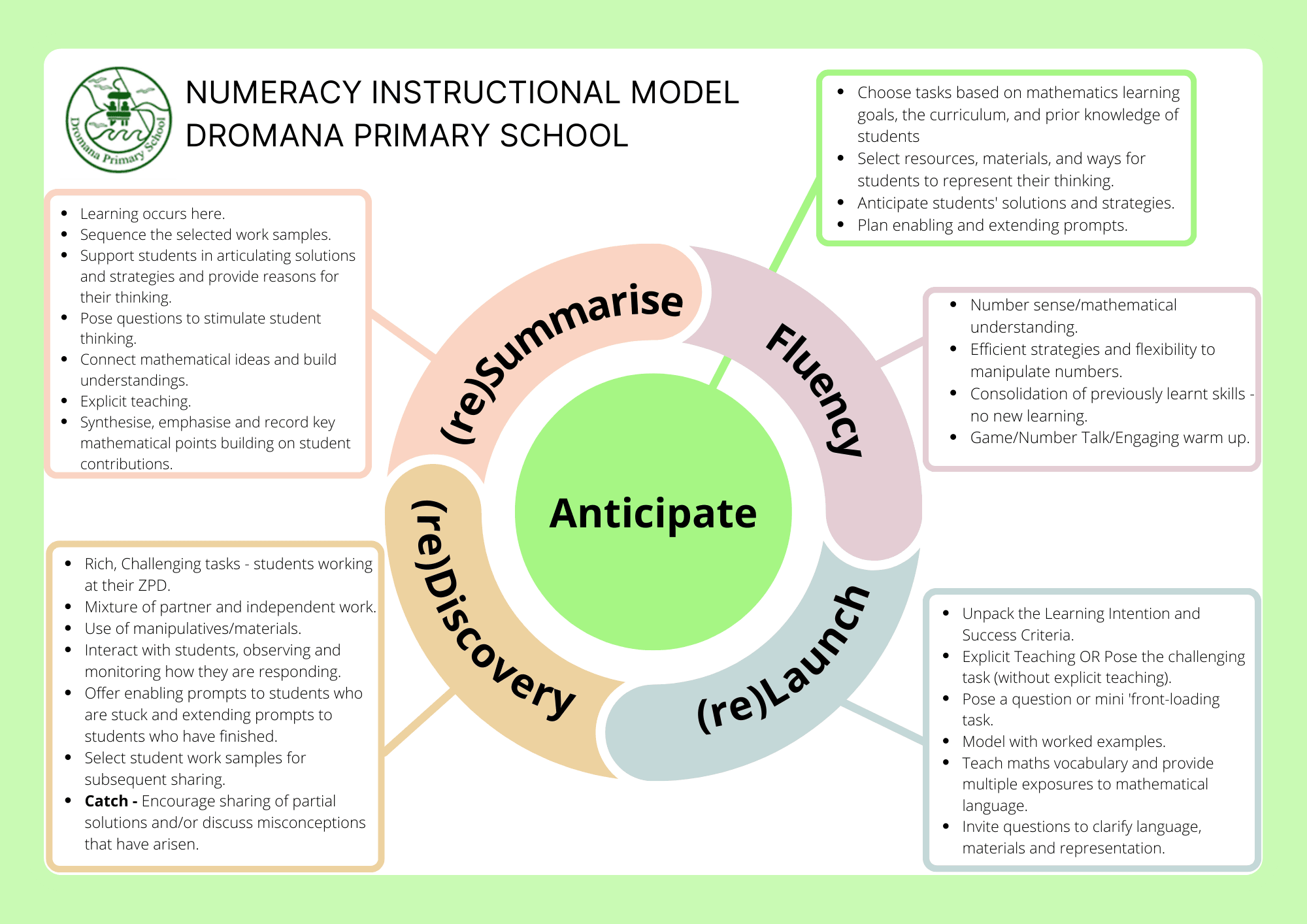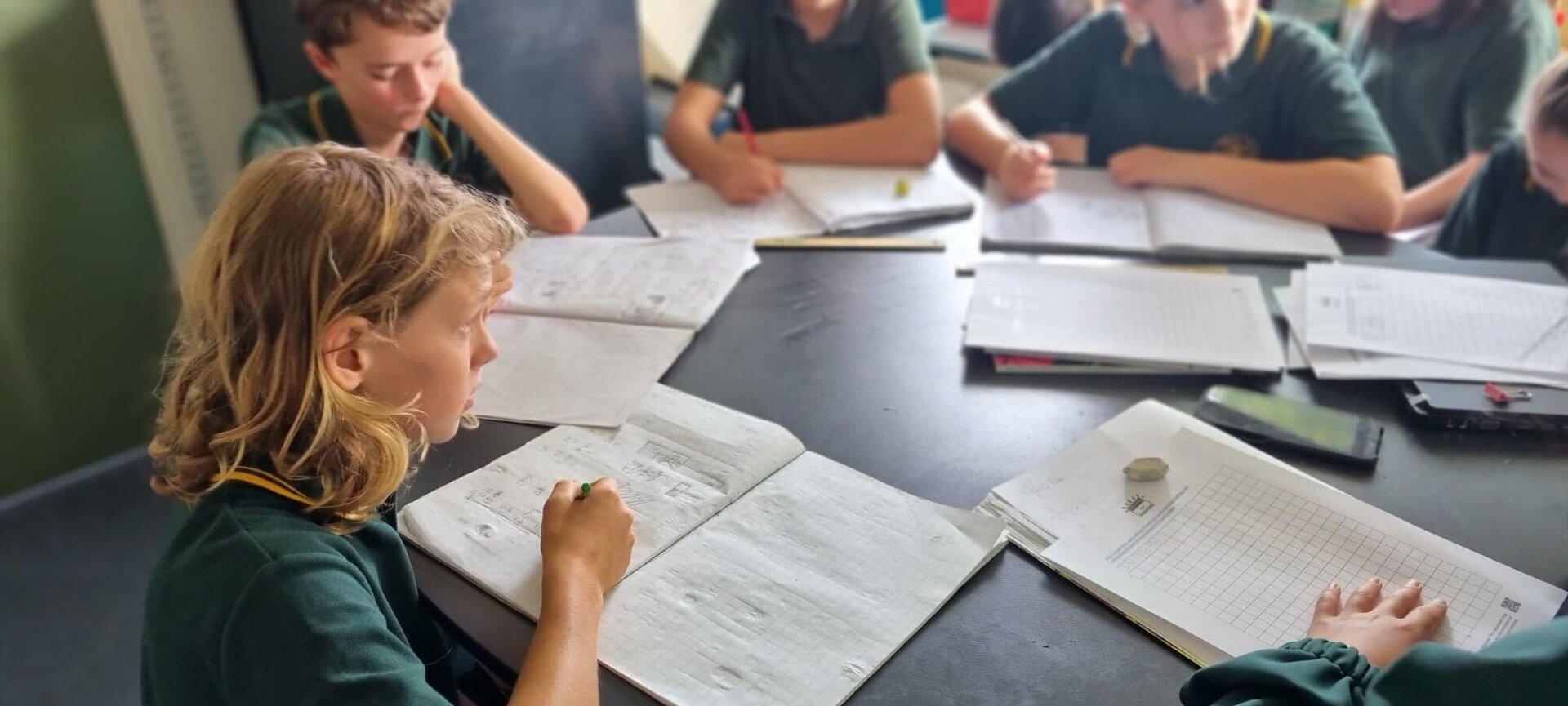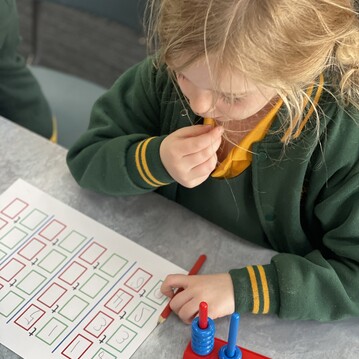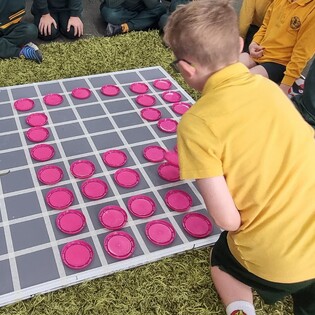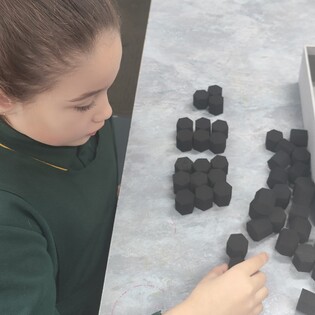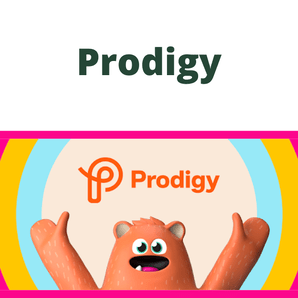At Dromana Primary School we have developed a shared understanding that our Mathematics classrooms are places where you will see:
-Student centred learning – There is an expectation of student thinking and decision making. Students are engaged in thinking about Maths for themselves.
-Tasks engage ALL students and are inclusive for all. Those that experience difficulties and those that are ready for further challenges can participate in the tasks. Entry points are prepared for all tasks to allow for this.
-Students talking to each other and their teacher about their mathematical thinking and ideas. Questions and discussions form a large part of our Maths lessons where students share their strategies and reasoning with each other.
-Students working on tasks that can be solved in different ways and/or with different solutions.
-Students working on tasks with a high floor and a low ceiling – this means that every student in the class is working at a level that is appropriately challenging for them.
-Students assessed formatively – meaning that assessment informs learning and enables teachers to plan for each student’s point of need. Feedback is provided on a regular basis and an important aspect of learning.
-Materials used in all year levels. All classrooms have maths tool boxes and other materials are readily available. Materials are important in helping children construct their own mental model for mathematical ideas.
-Student goal setting – students know what their individual goals are and what the next steps in their learning are. All students use a proficiency scale for each learning cycle to set their individual maths goal. At the end of the Learning Cycle, students are able to use assessment and proficiency scales to see the growth they have made.
-Learning is consolidated through sequences of carefully selected tasks with multiple exposures to important concepts. Four lessons a week follow the 4-part lesson structure and use Direct Instruction (explicit teaching) and builds on current understandings using a gradual release of responsibility framework. The other two lessons each week are 'Challenging Tasks' which are open-ended or open-middled and require students to formulate strategies, problem solve and share their thinking. These tasks require enabling and extending prompts and help students to build the Proficiencies of Maths understanding, problem solving, reasoning and fluency.
We believe that everyone can learn Maths to high levels
Our students understand that Maths is a ‘learning subject’ and it is not about getting answers correct, but about making connections and deepening our Mathematical understanding. Maths is not just a set of formulas that have to be remembered, it is about creativity and making sense of it, visualising patterns and creating solution paths that others can see, discuss and critique. We aim to give students a deep understanding of concepts, methods and ways to problem solve. As a school, we integrate these important mindset messages throughout our learning program.
We understand that mistakes and challenge are the best times for our brain and we teach our students about the brain science that tells us that the times when people are struggling are the best times for brain growth. We know that our brains are more active when we make mistakes and our students understand that mistakes are valuable as this encourages brain growth and deepens learning.
The Learning Pit
Our students understand when they are in the ‘practice zone’ versus when they are in the ‘learning zone’. We often refer to the Learning Pit analogy and our students know that when they are ‘in the pit’ they are being challenged and this is when they will learn. This also helps students to develop a growth mindset and understand that productive struggle and making mistakes is an important part in deepening our learning and encouraging brain growth.
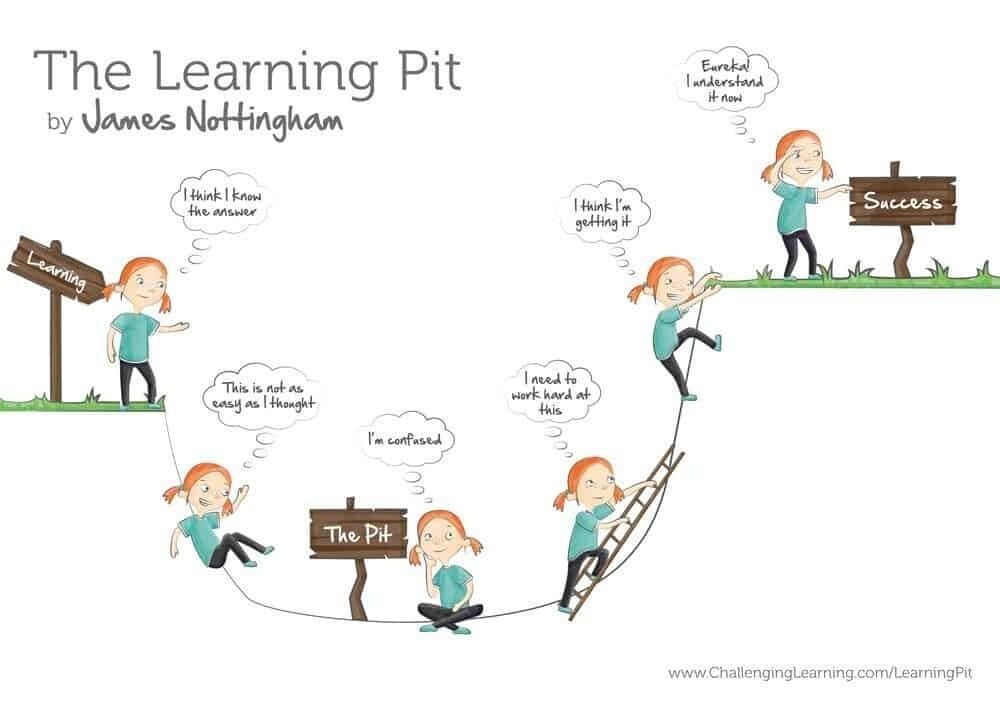
At Dromana Primary School we use Learning Cycles to teach Mathematics
Our learning cycles are based on our whole school scope and sequence and Priority Standards. Our Priority Standards are from the Victorian Curriculum and ensure that our teaching teams all have a shared understanding of what each student needs to know and be able to do by the end of each year level. Teaching teams collaboratively plan based on the needs of the students and they all follow a consistent school wide Instructional Model to deliver lessons.
Collaborative Team Planning
During collaborative planning sessions, teacher teams use data to pinpoint student learning needs and they draw on a bank of high quality resources to plan effective lessons to meet these needs. Top Ten Maths is a resource that provides sequential, hands on units that supports teams in their Maths planning. Teams follow the Top Ten Maths suggested Scope and Sequence from Foundation to Year Six and it provides supporting and extending prompts for each lesson to ensure that all learner needs are met. Each teacher also receives a Maths 300 username and password. This is a large library of Maths lessons that are either open-ended, investigative or inquiry based, focused on solving a problem, puzzle or challenging task.
